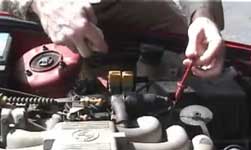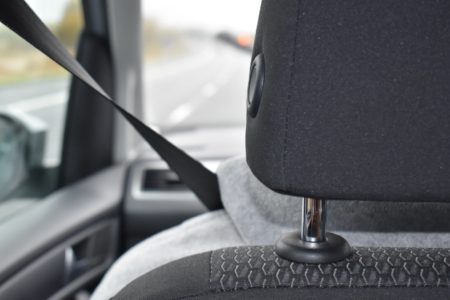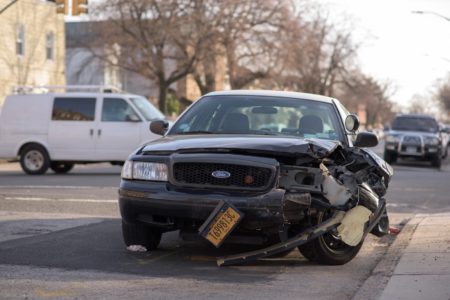How to Drive a Car | Checking Your Oil
Learning how to drive a car includes learning about checking your oil. A small leak in your oil system when driving a car could cause oil to leak out. This will cause your engine to run dry of oil and severely damage the engine. It is important to know how to check your oil and replenish it. Your learn to drive program should include this as an exercise.
Remember the Tin Man in the Wizard of Oz? He couldn’t reach his oil can so he rusted so badly he couldn’t move. In the story, Dorothy squirted a little oil in the right spots and he was as good as new.

Your car needs oil as badly as the Tin Man but as you learn how to drive a car you need to be more proactive about taking care of it. If you ignore it, your engine will seize up like the Tin Man, but no amount of oil will be able to help it then!
The oil in your car:
1. Lubricates the moving parts of an engine when driving a car
2. Cleans the engine
3. Seals tiny holes on piston rings and cylinder walls
4. Protects the engine from rust and corrosion
5. Cools parts of the engine.
| If you ignore the oil in your car you will:
1. Wreck your engine (which costs thousands of dollars!) 2. Lose power 3. Spend a lot more on gas than you need to because your car will waste fuel |
| Rule of Thumb: Change the oil every 3,000 miles (5,000 km) or 3 months (whichever comes first.) |
Be sure to practice checking your oil. Make this a part of your Learn to Drive checklist. Pick a day. Any day. (Maybe the first Saturday of the month?) As you learn to drive mark your calendar and make sure you check the oil level in your car on that day every month. Look for more information in the Chapter 3 of the Workbook.
If your car is leaking or burning oil, you’ll have to check it much more frequently.
Get the Oil Changed according to the car manufacturer’s recommendation. (Check your Owner’s Manual)
How to Check the Oil:
It’s ideal to check the oil at the service station when you stop to get gas. Most stations provide paper towels you can use.
1. The car engine must be turned OFF. It should be warm – which just means that it’s been running. (You don’t have to touch it.). If you drove it to the gas station, that’s perfect.
TIP: Make sure the car is parked on a level surface so you don’t get a false reading.
2. Pull the hood release lever under the dashboard. Feel for the latch under the hood. Release the lever and raise the hood. Set the metal prop in place so the hood doesn’t close while you’re working.
| Mineral or Synthetic? There are 2 types of oil: Mineral and Synthetic. Mineral oil comes from the ground and is refined. It’s less expensive and most cars use it. Synthetic oil is manufactured.Stick with one or the other. It’s not a good idea to mix them. Motor oils also come in lots of grades. Check your Owner’s Manual for the manufacturer’s recommendation on what will work best in your car. |
3. Have a paper towel or rag handy. Locate the dipstick. You’ll probably see a small loop sticking up near the spark plugs. If you pull it gently you’ll see a long, skinny metal rod. That’s your dipstick. Pull it all the way out.
4. Use the rag or paper towel to wipe off the dipstick so there’s no more oil on it. Locate the mark on the dipstick that says “FULL”. (It’s near the pointy end – not the end you’re holding.)
Note: Some dipsticks have 2 lines with a pattern between them. In this case, the oil is full when it is halfway between the 2 lines (in the middle of the pattern)
5 Push the dipstick back into the receptacle. Make sure it goes all the way to the bottom.
6. Pull the dipstick out again and hold it in front of you.
7. If the oil level is below the “full” marker, you will need to add oil.
Learning to check the oil level is a good step when learning how to drive a car.




